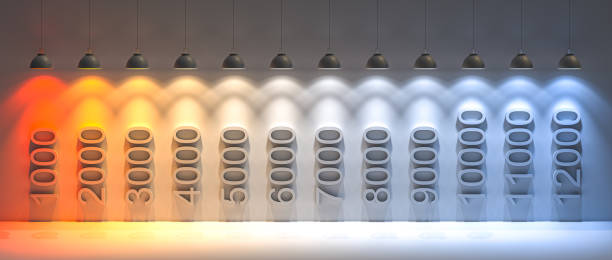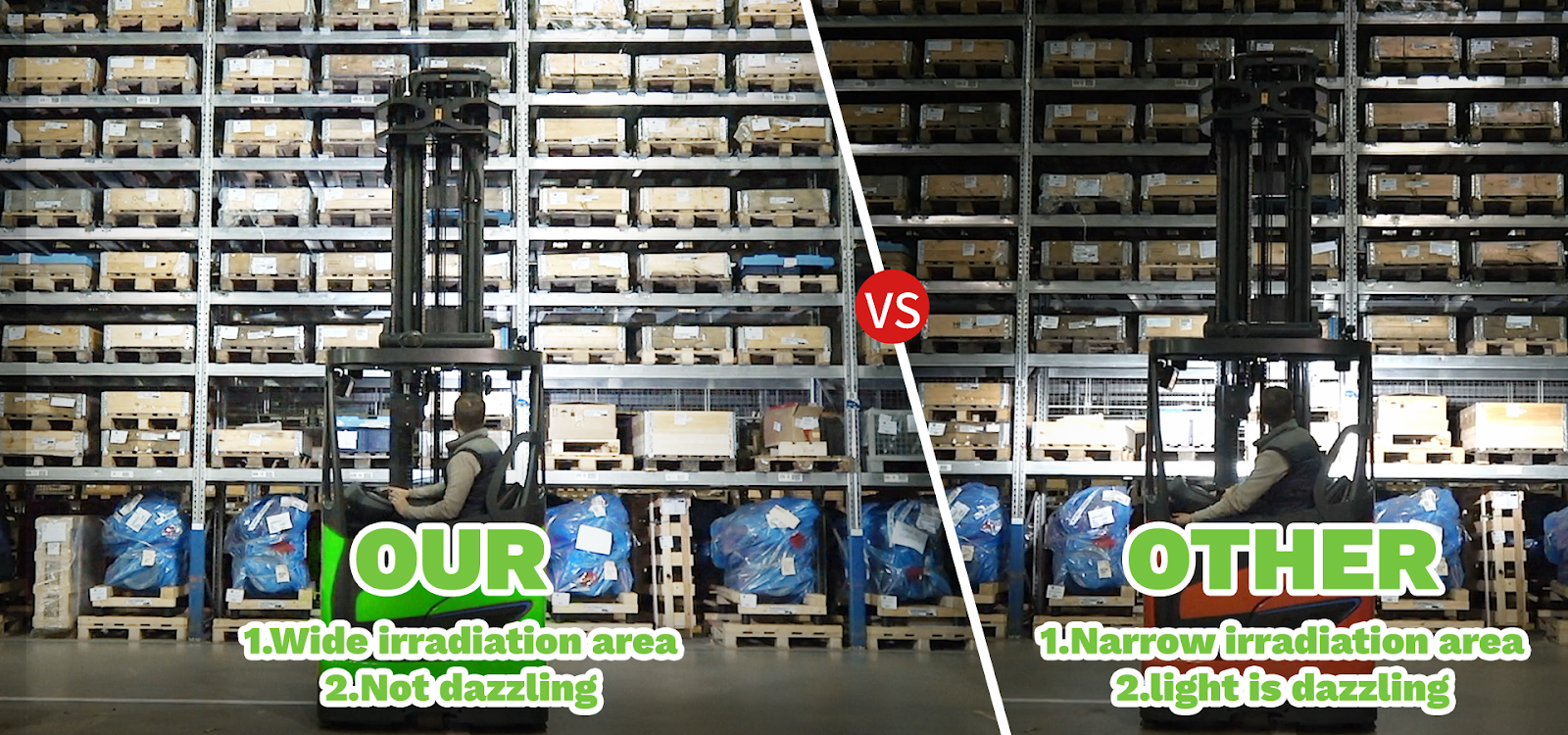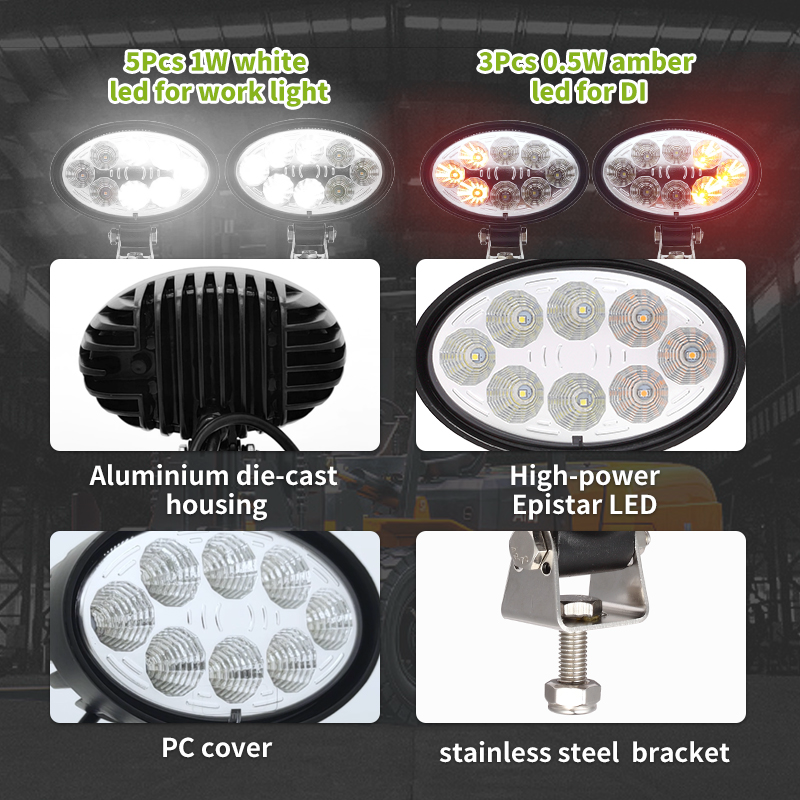When it comes to upgrading your vehicle’s lighting system, brightness isn’t the only factor that matters—color temperature is equally crucial. Many drivers overlook this element, focusing on lumens or wattage. However, the color temperature of your headlights can significantly influence visibility, comfort, driving safety, and even the overall aesthetics of your vehicle.
Understanding how different color temperatures affect your perception on the road can help you select the best lighting setup tailored to your needs. Whether you’re commuting through foggy mountain roads, city streets, or wide open highways, selecting the right temperature can make a major difference in performance.
In this guide, we’ll explore:
- The meaning and scale of light color temperature.
- How to read and use an LED temperature chart.
- Factors that determine the best color temperature for car lights.
- How to choose the right one based on weather, location, and legalities.
- Modern features like changing color LED headlights.
- And how the 6000k color temp has become a popular standard for visibility and design.
| Color Temp | Appearance | Visibility in Weather | Best Use Case | Legality Risk |
| 3000K | Golden Yellow | Excellent | Fog lights, snow driving | Low |
| 4300K | Warm White | Very Good | OEM headlights, daily driving | Low |
| 5000K | Pure White | Balanced | All-around performance | Low |
| 6000K | White with Blue Tint | High in clear weather | High-end aesthetics, highways | Moderate |
| 8000K+ | Blue to Violet | Poor | Car shows, custom styling | High |
Understanding Light Color Temperature: The Kelvin System Explained
What Is Color Temperature?
Color temperature refers to the hue of visible light emitted by a source and is measured in Kelvins (K). It helps us describe whether a light appears warm (yellow/red) or cool (white/blue).
- Lower Kelvin values (e.g. 3000K) produce warm light with a yellowish hue.
- Higher Kelvin values (e.g. 6000K) emit a colder, bluish light that resembles daylight.
This is not a measure of heat, despite the name “temperature.” It’s all about the color tone and how your eyes perceive it.
How Does It Affect Visibility?
Different temperatures interact with human vision in various ways:
- Warm colors (3000K–4300K) enhance contrast and perform better in fog, rain, and snow.
- Cool colors (5000K–6000K and above) provide more clarity and a modern appearance but can cause glare or eye strain in bad weather.
Drivers often choose a color temperature based on a compromise between performance and style.
The LED Temperature Chart: Understanding the Range

An essential tool for visualizing and selecting your car light’s temperature is the LED temperature chart. This scale typically ranges from 1000K to 12000K. Here’s how each range performs:
3000K – Golden Yellow Light
- Best for fog lights and harsh weather: The warm, amber-colored beam cuts through fog and rain better than higher temps.
- Reduced glare: Easier on the eyes of oncoming drivers.
- Less modern look: Some may find it outdated compared to cooler whites.
4300K – Warm White (OEM Standard)
- Closest to natural daylight: A good balance of brightness and warmth.
- Great for factory-fitted xenon or halogen bulbs.
- Better contrast: Particularly useful for distinguishing road markings and signs at night.
5000K – Pure White Light
- Neutral tone: Neither too warm nor too blue.
- High clarity: Suitable for most driving conditions.
- Ideal for daily driving: Especially if you frequently switch between urban and rural roads.
6000K – Cool White with Blue Tint
- Modern and premium look: This is the 6000k color temp that many luxury vehicles use.
- Bright and sharp beam: Helps illuminate more of the road.
- Not ideal for fog: May reflect off particles and cause glare.
8000K and Above – Blue to Violet Light
- Stylish but less practical: Often used for show cars or aesthetics.
- Reduced visibility: Performance suffers in real-world driving conditions.
- May be illegal: Always check regional regulations.
By referencing an LED temperature chart, drivers can better visualize how different lights will appear in real driving conditions.
What Is the Best Color Temperature for Car Lights?

There’s no one-size-fits-all answer, but several color temperatures stand out for their performance and versatility. Below, we explore how to determine the best LED light bar for your use case.
4300K–5000K: The Practical Sweet Spot
- Balanced light output: Good contrast without harsh glare.
- Ideal for varied conditions: Performs well in urban and rural environments.
- Widely legal: Accepted in most regions worldwide.
6000K Color Temp: The Popular Standard
- Sleek, bluish-white appearance: Looks high-end and modern.
- Bright and clear beam: Helps you see farther on clear roads.
- Highly favored in aftermarket upgrades and best LED ligut bar.
How to Choose the Right Color Temperature for Your Car Lights?

Selecting the right light color temperature isn’t just about brightness—it’s about balancing performance, comfort, and legal compliance. This section serves as a practical guide to choosing color temperature for your lighting, depending on various real-world factors.
Consider Your Driving Conditions
- Highway Driving
On long highway stretches, cool white lights (5000K–6000K) help spot road signs, lane markings, and wildlife earlier. A higher beam reach with cool temps gives better clarity over longer distances.
- Foggy, Rainy, or Snowy Weather
Avoid high Kelvin ratings in fog and snow: cooler lights (above 6000K) reflect off moisture and impair vision. 3000K–4300K works better because warm tones cut through precipitation.
- Seasonal Changes
Drivers in snow-heavy regions should stick to 4300K or use fog lights with 3000K. Summer climates allow greater flexibility, and 6000K color temp can be used confidently.
Understand Headlight Types and Compatibility
- Halogen Headlights
Typically come in the 3200K–4300K range. Upgrading to LED may require conversion kits and heat dissipation mechanisms.
- HID (High-Intensity Discharge)
Popular for their 4300K–6000K range. 6000K HID kits provide a blue-white premium appearance with bright output.
- LED Headlights
Most versatile and widely used for customization. Offer changing color LED headlights—adjustable from 3000K to 8000K with apps or remotes. The best LED light bar often offer temperature control for multi-environment performance.
Conclusion
Choosing the right LED headlight color temperature is about balancing functionality, style, safety, and legal compliance. Here’s a quick summary of our key advice:
- 4300K–5000K: Best for daily use, excellent clarity, and low eye strain.
- 6000K color temp: Stylish and great for highways, but not ideal in poor weather.
- 3000K–4300K: Superior for fog and rain—use for fog lights or harsh weather conditions.
- Use an LED temperature chart to evaluate your options before purchase.
- Invest in the best LED light bar for long-term performance and fewer issues.
- Consider changing color LED headlights for maximum flexibility—especially if you drive in varying conditions.
By understanding how color temperature affects your driving visibility, safety, and comfort, you’ll be well-equipped to make the perfect lighting upgrade for your vehicle.
FAQs
What Is the Best Color Temperature for Daily Driving?
- 4300K to 5000K is ideal for general road use, providing a balance between brightness, contrast, and comfort.
- These temperatures are also legal in most countries.
What Is the Best Temperature for Snow and Rain?
- 3000K to 4300K offers better penetration in fog, rain, and snow.
- Lower color temps reduce reflection and glare, improving visual clarity.
Can I Change My Color Temperature on the Go?
- With changing color LED headlights, yes, you can switch between presets like 3000K, 4300K, and 6000K.
- Check legal requirements before using them on public roads.






